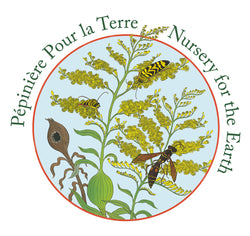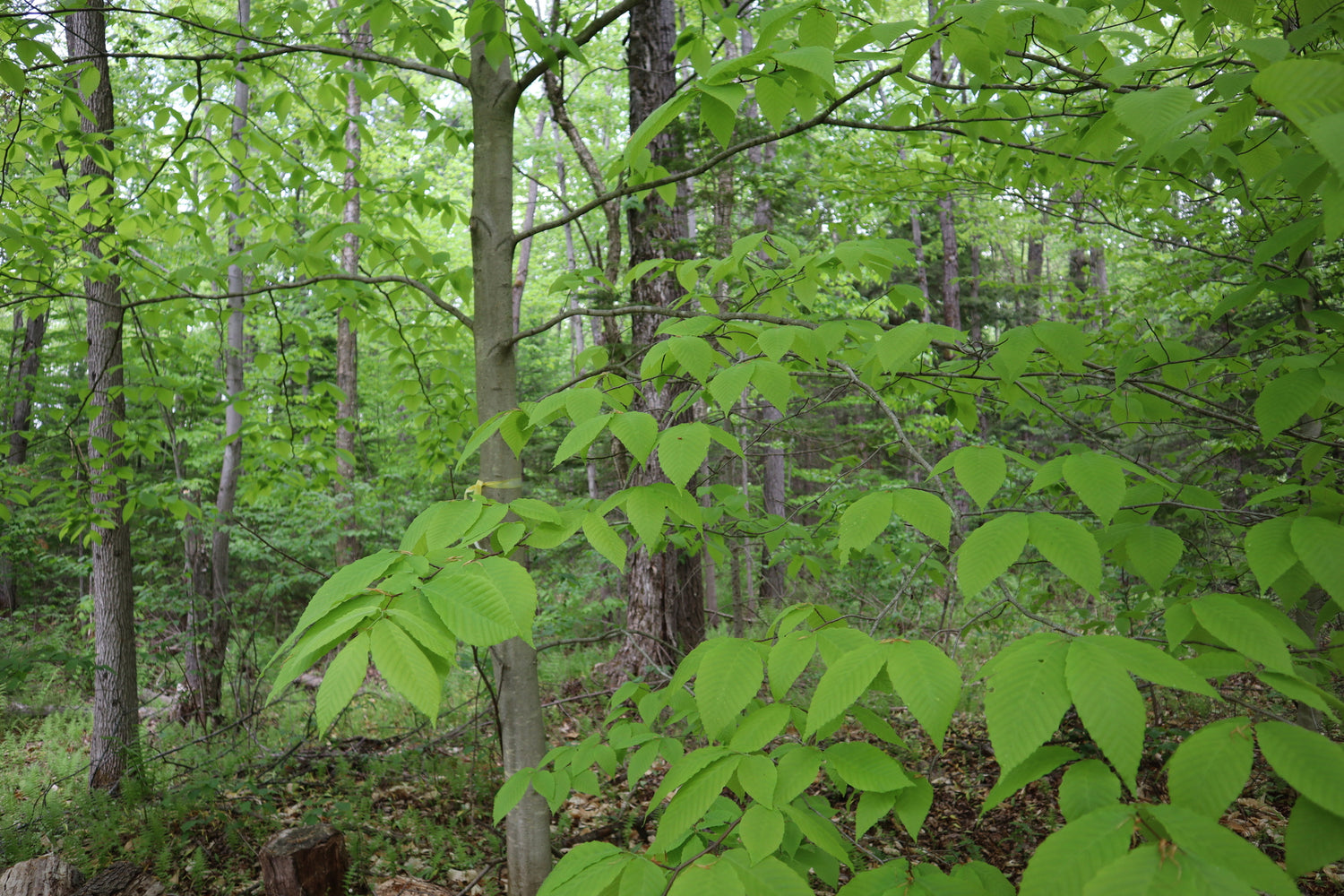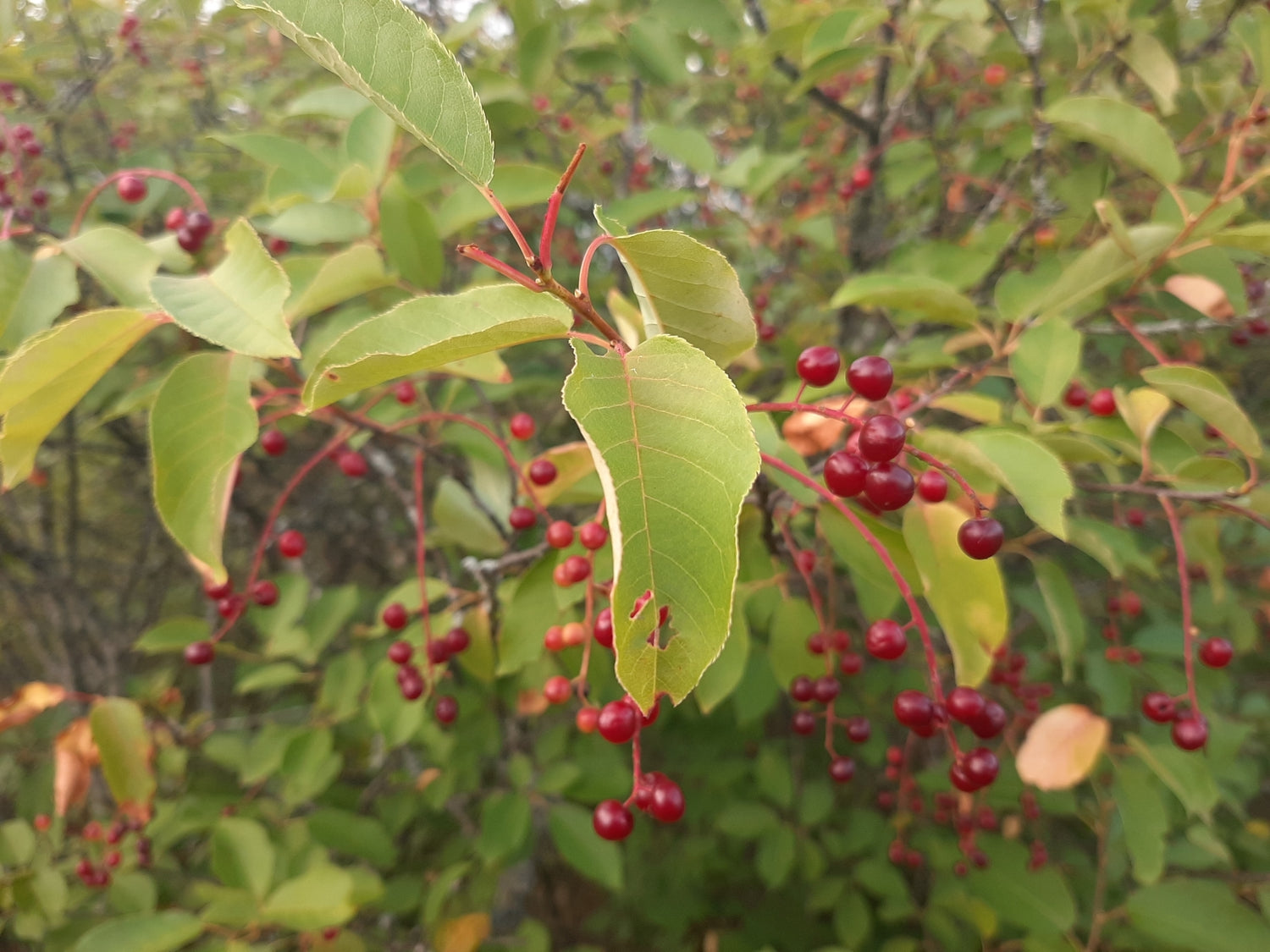Nursery for the Earth
Sambucus canadensis (Fr: sureau blanc | En: Canada elderberry)
Couldn't load pickup availability
Canada Elderberry
Sambucus canadensis
Alternative names: White Elder, American Elderberry, Common Elder
French: Sureau blanc, Sureau du Canada, Sirop blanc
Canada Elderberry is a large shrub or small tree, known for its ease of cultivation, showy white flower clusters, and abundant dark purple-black berries. It grows quickly, forms attractive thickets, and thrives in moist, sunny environments like riversides, wet meadows, and floodplains.
The flowers bloom in midsummer, attracting pollinators and providing striking ornamental value. By late summer, these give way to heavy clusters of berries loved by birds—and also edible for humans when cooked. The berries can be used to make jams, jellies, syrups, wines, and traditional remedies. (Note: raw berries should not be consumed in large quantities due to mild toxicity.)
Canada Elderberry grows best in full sun with moderate to moist soil, but is highly adaptable and tolerant of various soil types. Its wildlife value, edible yield, and low maintenance needs make it an excellent choice for food forests, naturalized landscapes, and wetland edges.
Height: 2 to 4 m
Bloom time: Mid to late summer
Light: Full sun
Moisture: Moderate to wet
Soil: Various
Habitat: Wet meadows, riverbanks, floodplains
Ecological benefits: Berries for birds, pollinator-friendly flowers
Edible: Berries edible when cooked (used in syrups, jams, etc.)
Share







